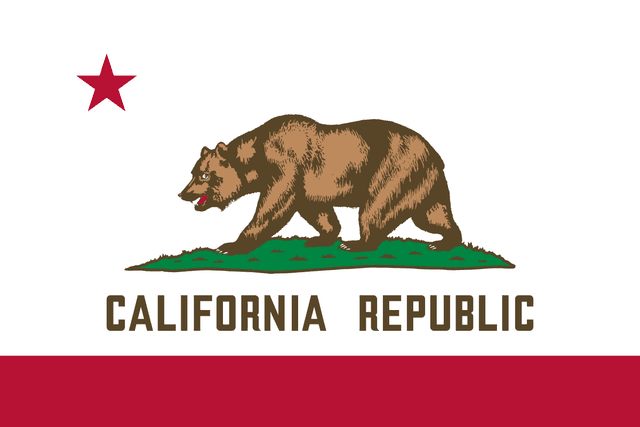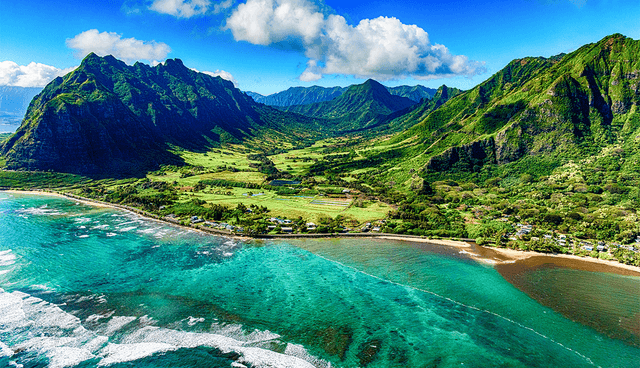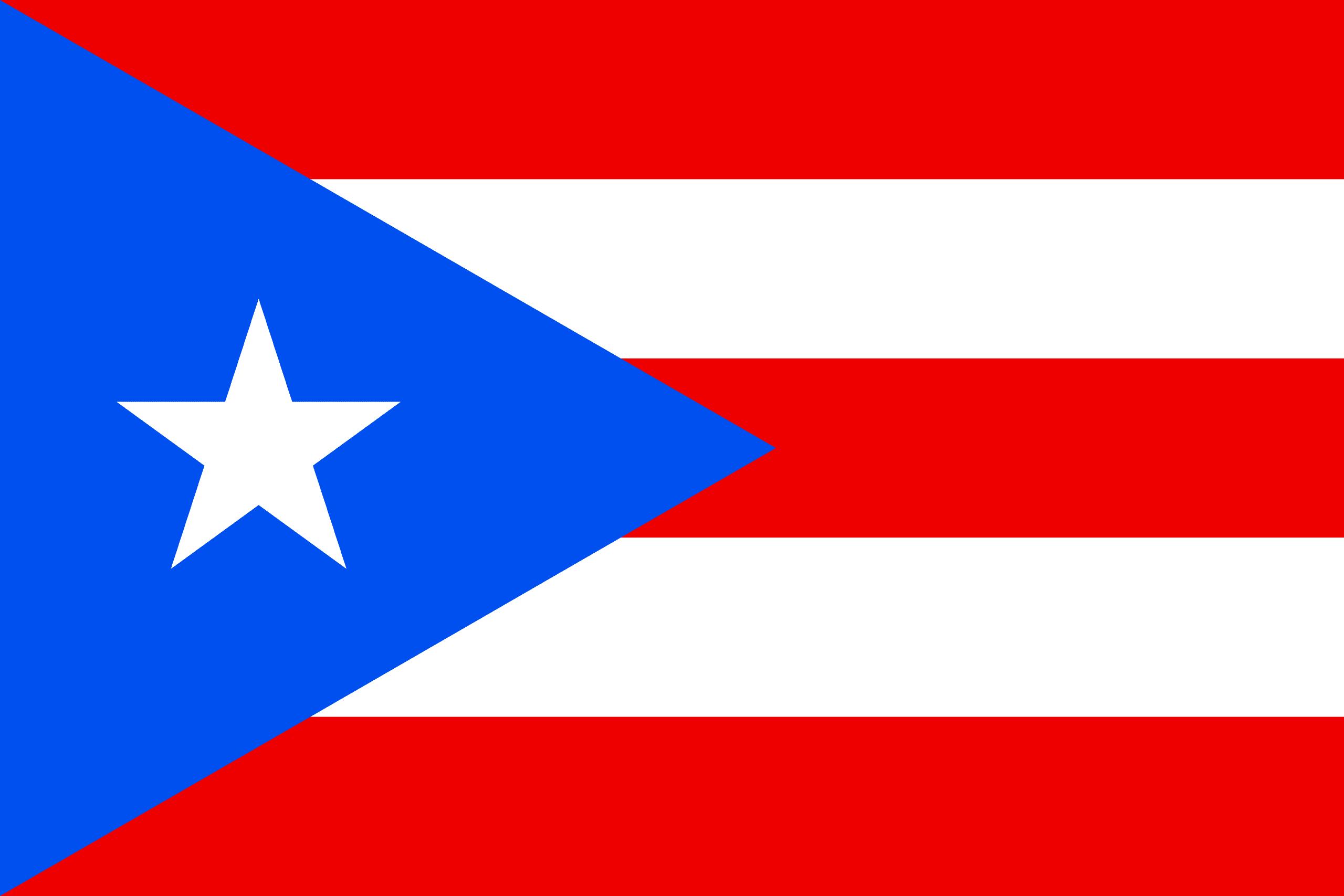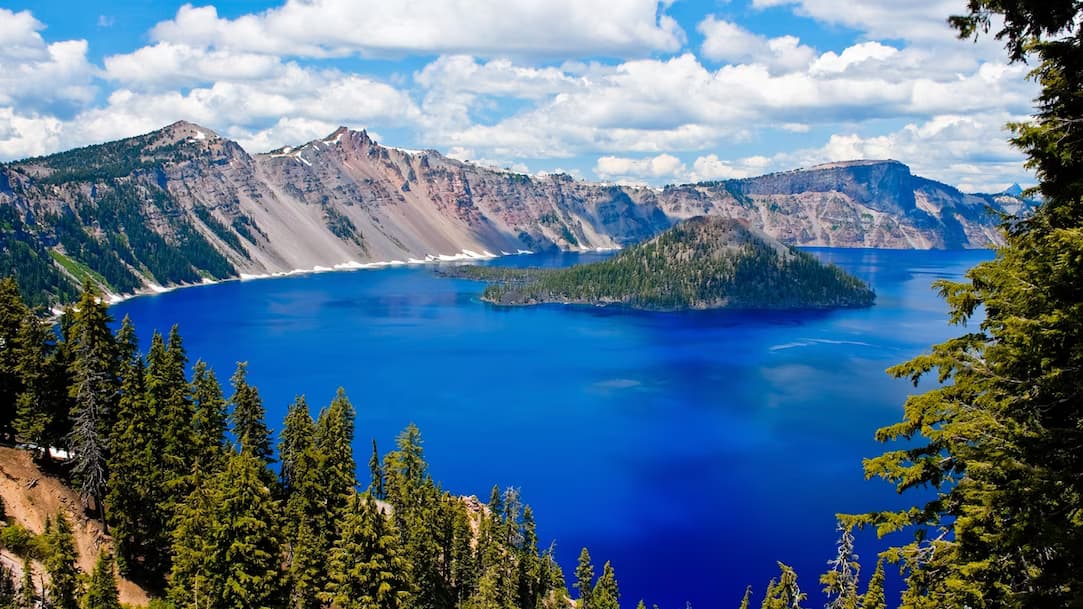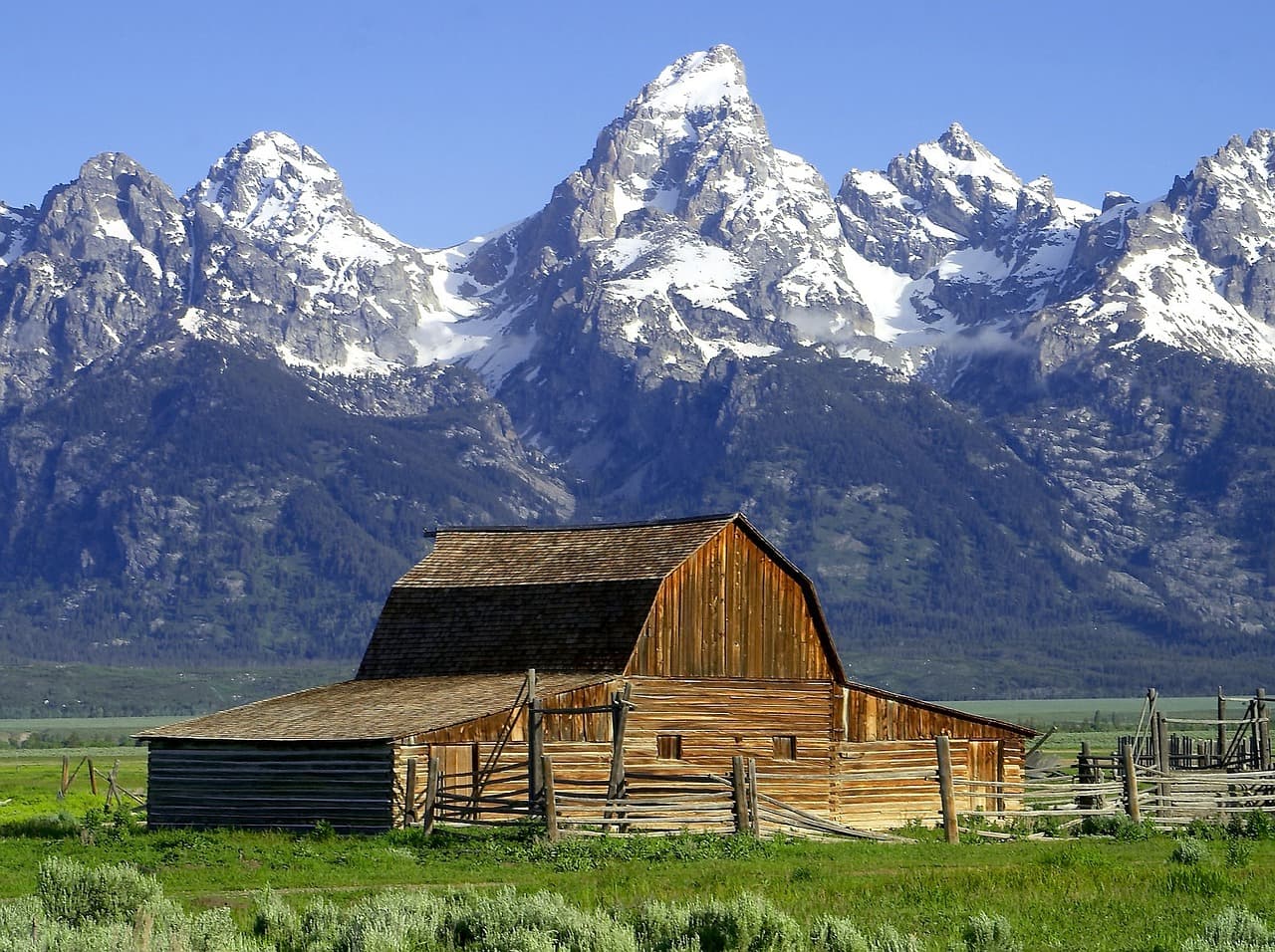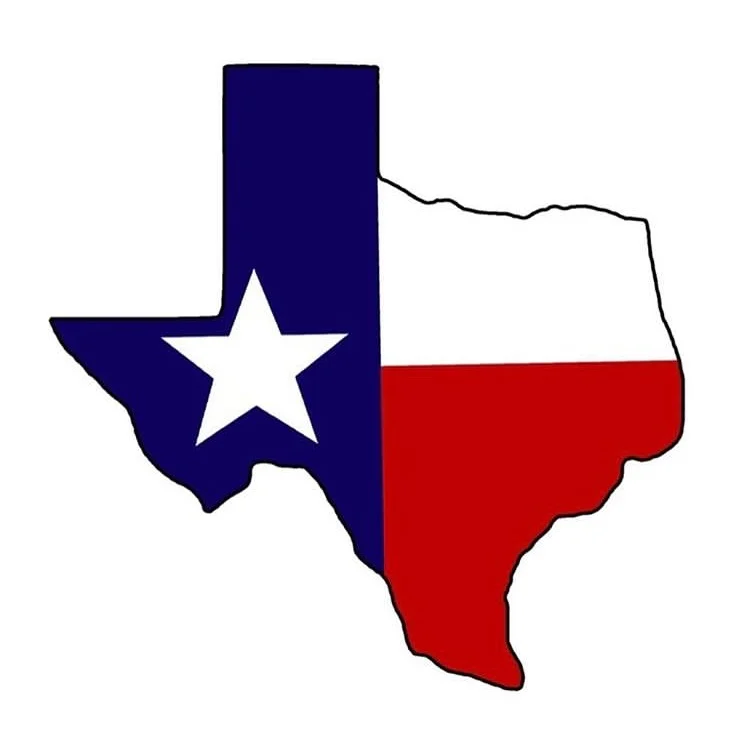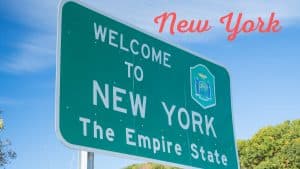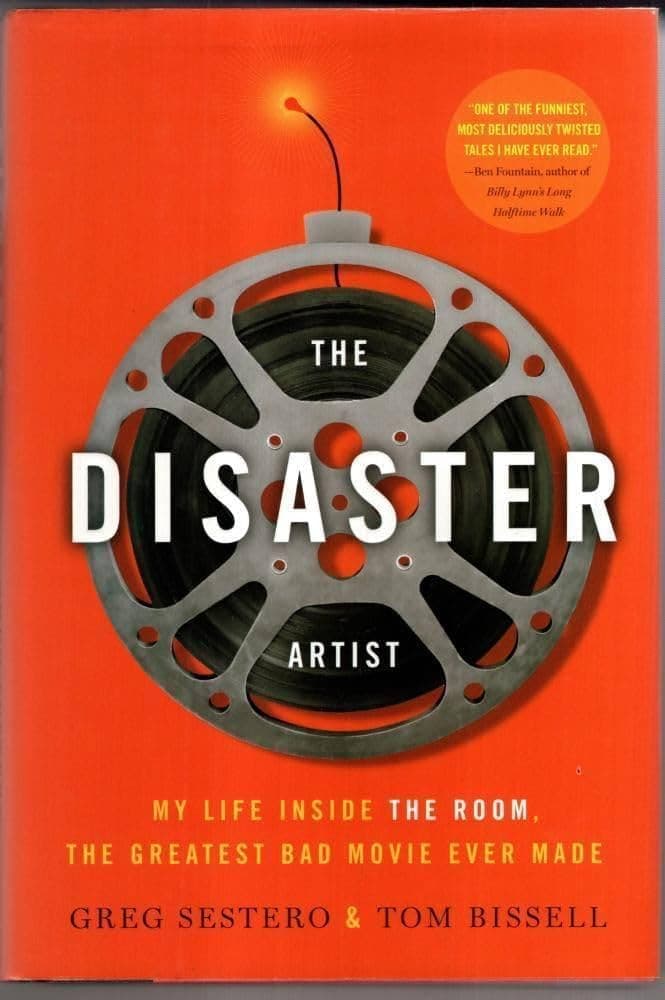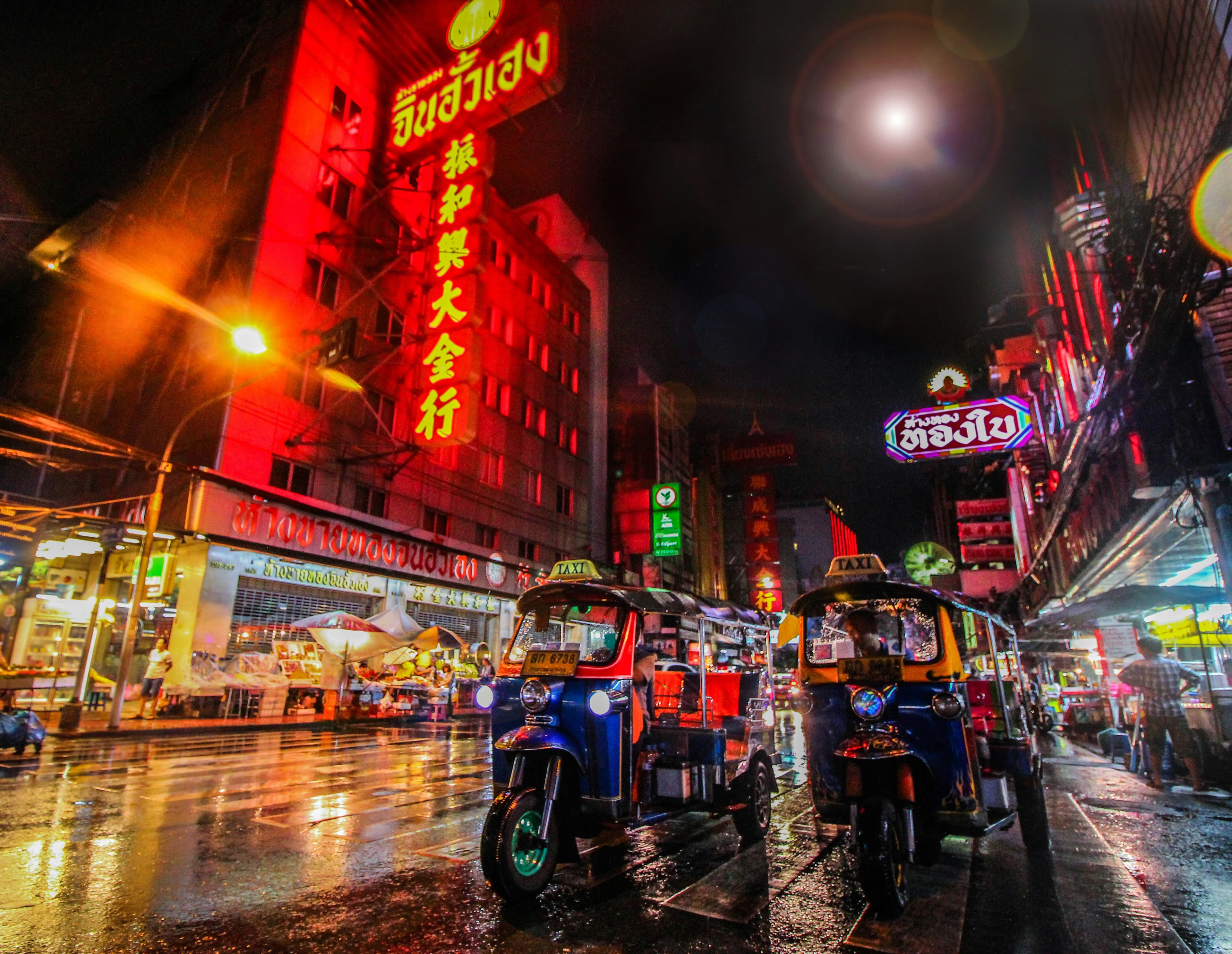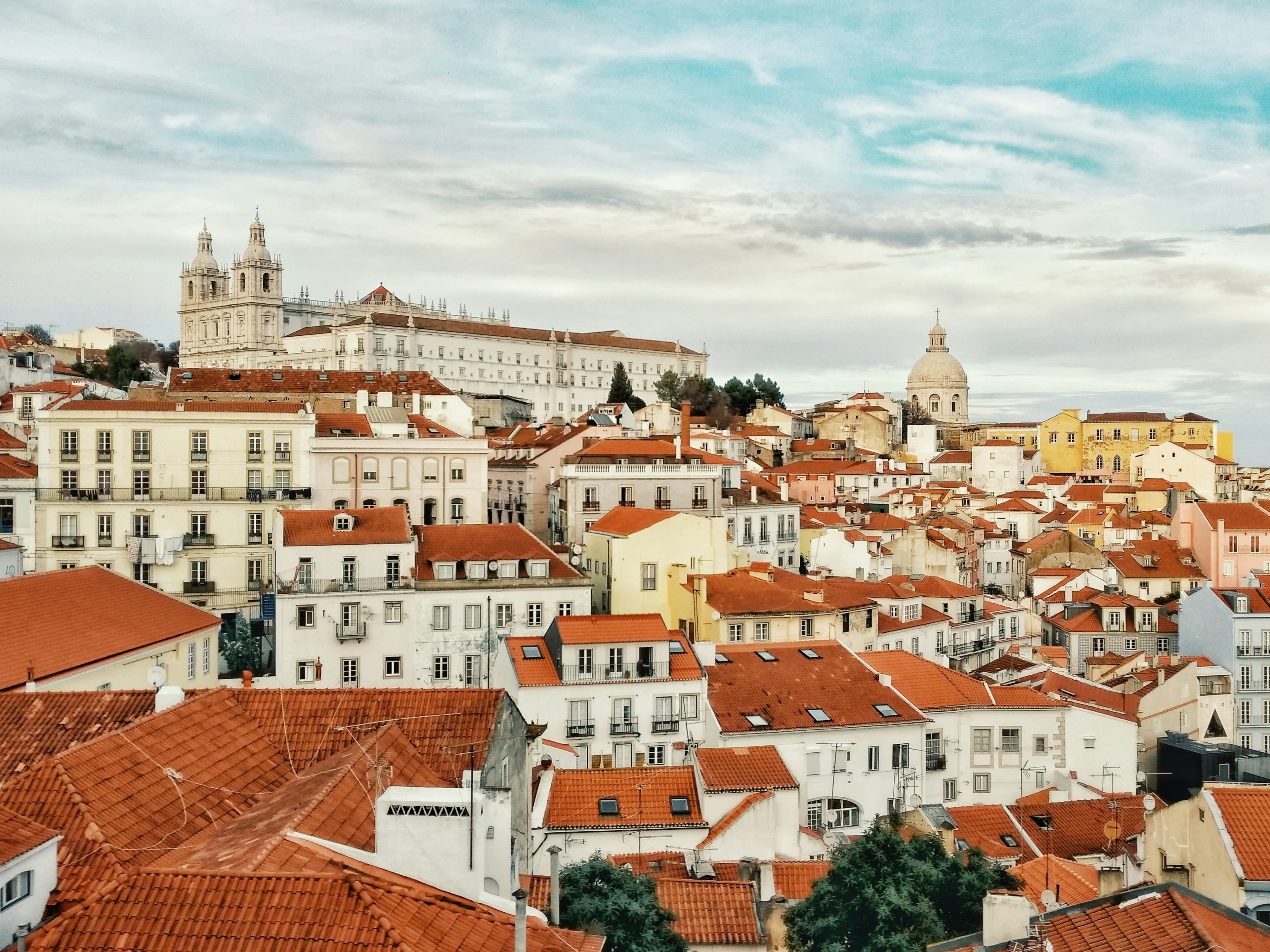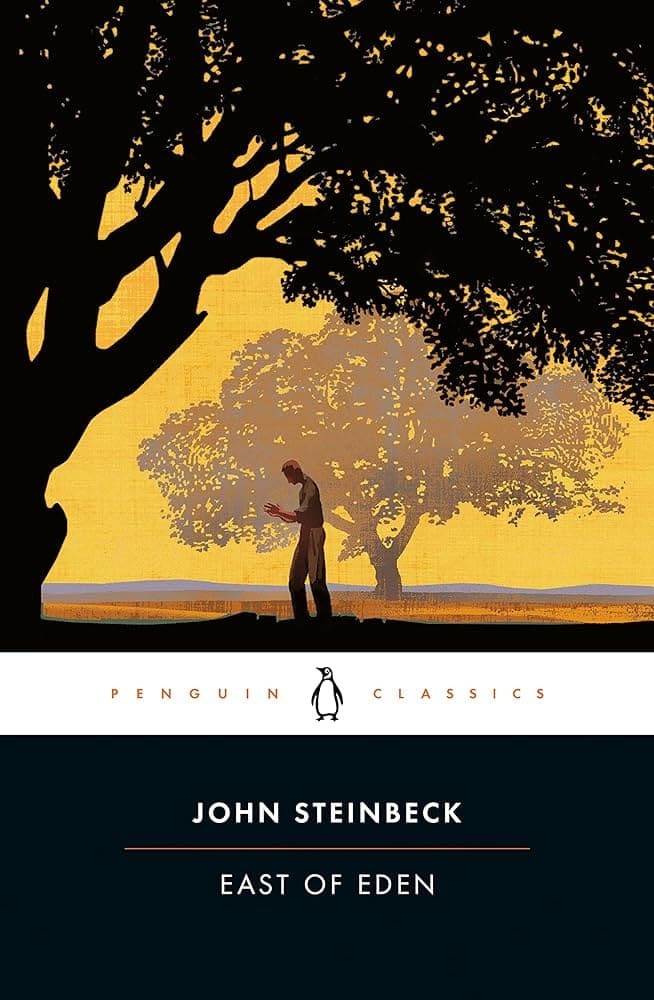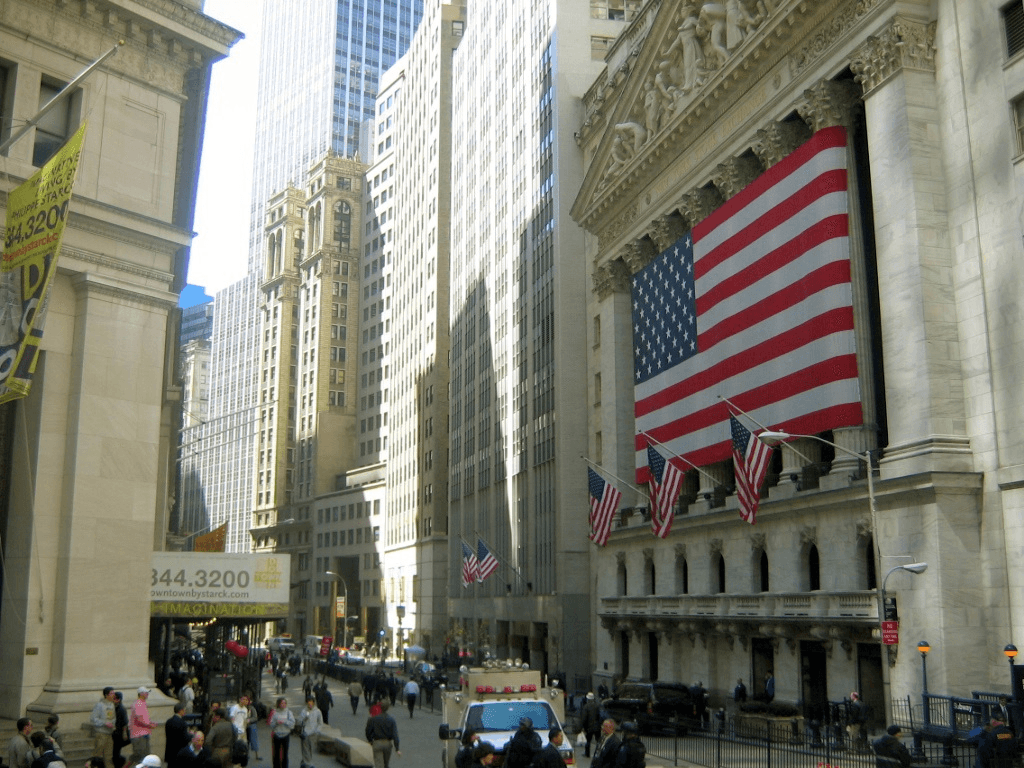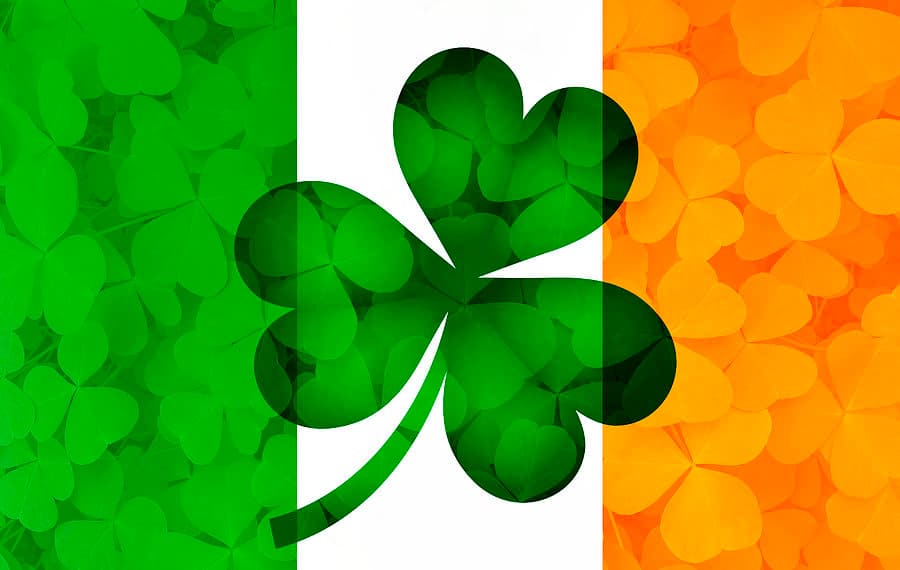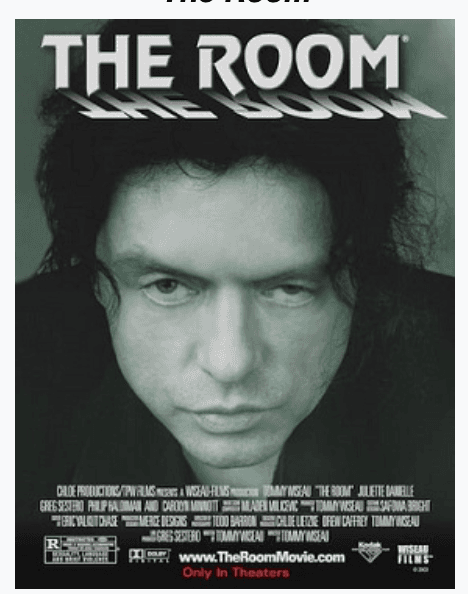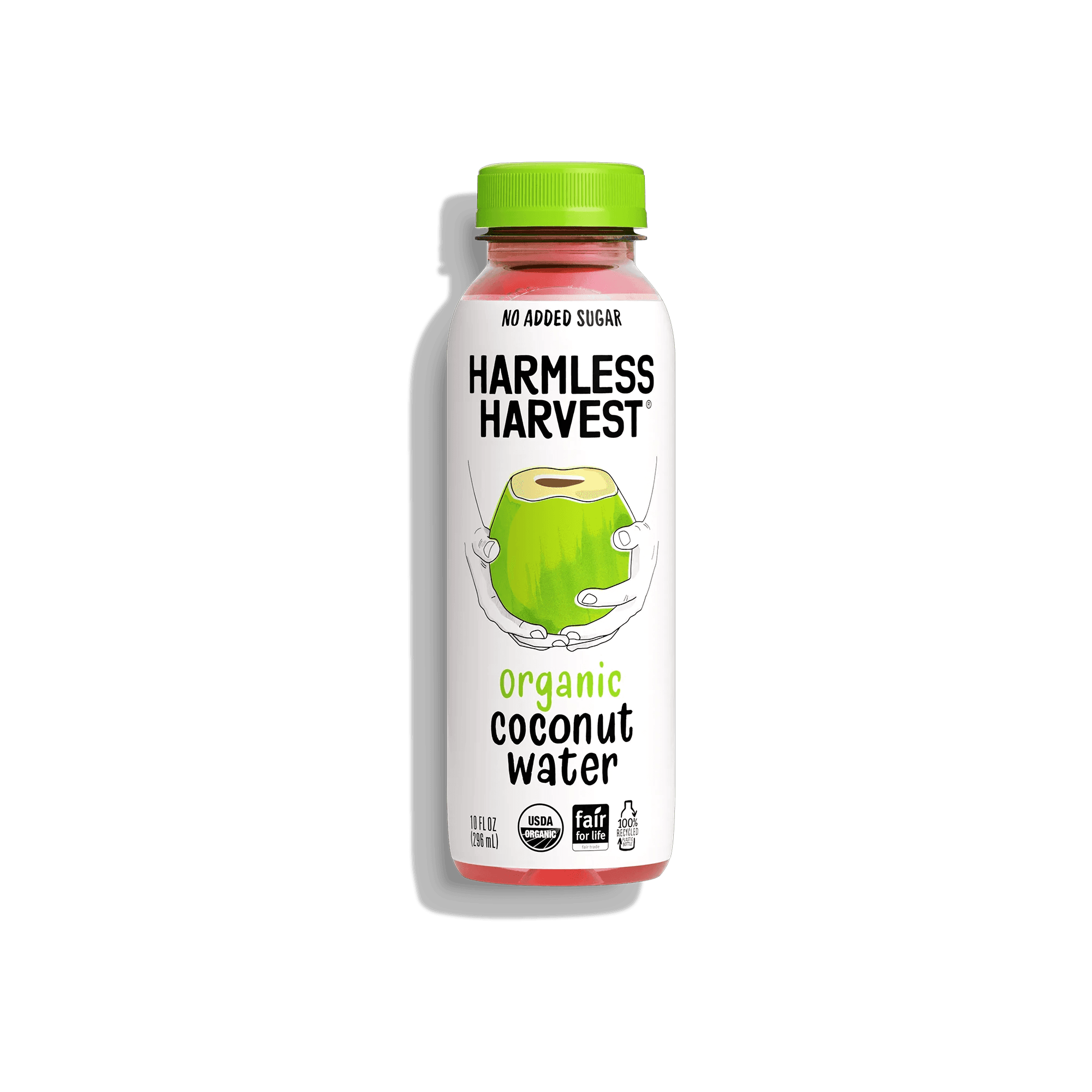California vs. Hawaii
California
The Golden State. Home to Hollywood and the Silicon Valley. Produces 80% of the world's almonds. What a great state. Although these days its major cities of Los Angeles and San Francisco are full of drug addicts who poop in the streets. That's too bad :(
Hawaii
Very tropical and chill state. Better than the rest of them.
Reviews
Reviewed on 4/23/2024
This is where all my almond milk and weed comes from! Love Cali! :)
Reviews
| Item | Votes | Upvote |
|---|---|---|
| Great weather | 1 | |
| Good for surfing | 1 |
| Item | Votes | Upvote |
|---|---|---|
| Drug addicts poop in the streets | 1 |
| Item | Votes | Upvote |
|---|---|---|
| Tropical | 2 | |
| Surfing | 2 | |
| Amazing culture | 1 |
| Item | Votes | Upvote |
|---|---|---|
| Expensive | 1 |
Frequently Asked Questions
Both California and Hawaii are renowned for their surfing opportunities. California offers good surfing conditions along its extensive coastline with famous spots like Huntington Beach and Malibu. Hawaii, on the other hand, is legendary for its world-class waves on beaches like Pipeline and Waimea Bay. While California has more variety in terms of surf spots, Hawaii's tropical climate and consistently high-quality waves make it a top destination for surfing enthusiasts.
Hawaii is definitely the better choice for a tropical experience. Known for its lush landscapes, warm climate, and beautiful beaches, Hawaii offers a quintessential tropical vibe. California, while having great weather and coastal areas, does not provide the same level of tropical atmosphere as Hawaii.
Both California and Hawaii are known for their high costs of living, but Hawaii is generally considered more expensive. Hawaii's remote location leads to higher costs for goods and services, as most items need to be imported. Additionally, housing costs in Hawaii are typically higher compared to many parts of California.
Both states offer rich and unique cultural experiences. California is diverse, with a mix of cultures influenced by its large population and history of immigration. It is home to Hollywood, Silicon Valley, and numerous cultural events and festivals. Hawaii offers a distinctive culture deeply rooted in native Hawaiian traditions, with unique music, dance, and cuisine that reflect its Polynesian heritage. The choice depends on whether you prefer a diverse cultural melting pot or a more unique, traditional cultural experience.
Pros of California include great weather and excellent surfing opportunities. However, a significant con is the issue of drug addicts causing sanitation problems in major cities like Los Angeles and San Francisco.
California, also known as the Golden State, is known for being home to Hollywood and Silicon Valley. It is also notable for producing 80% of the world's almonds.
Some major cities in California include Los Angeles and San Francisco. These cities are known for their cultural significance, economic impact, and unfortunately, issues with drug addiction and sanitation.
Pros of Hawaii include its tropical climate, excellent surfing opportunities, and amazing culture. On the downside, it can be quite expensive to live or vacation there.
Hawaii is unique due to its tropical climate, stunning beaches, and vibrant culture. It offers a laid-back lifestyle that is distinct from the continental United States.
Yes, Hawaii is renowned for its excellent surfing spots, making it a popular destination for surfers from around the world.
Hawaii is considered expensive due to its remote location, which increases the cost of goods and services. Additionally, the high demand for real estate and tourism contributes to the overall higher cost of living.
